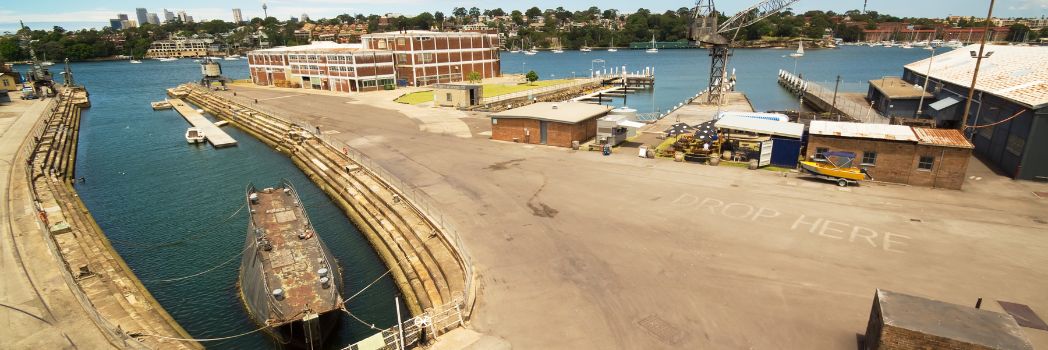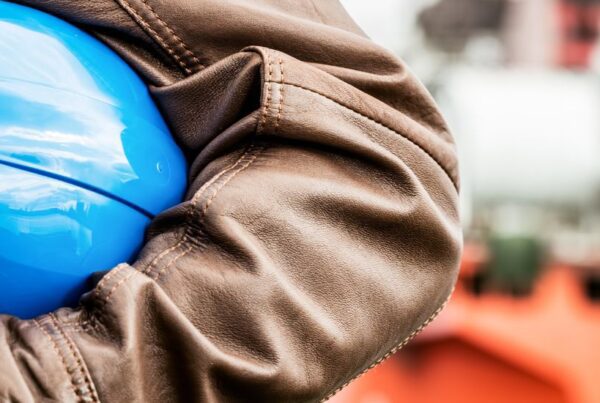When talking about Australian shipbuilding heritage, it is impossible to not mention Cockatoo Island in Sydney Harbour.
Originally a prison, the island became a dockyard in the 1800s and produced hundreds of ships for the Royal Australian Navy until its closure in 1991. Over 290 ships – totalling some 150,000 tons – were built on the island. A number of these vessels were warships of considerable complexity and innovation. For many of the ships, propulsion machinery and other fittings were built themselves on the island, showing the wide range of engineering and manufacturing facilities the dockyard possessed.

The launch of HMS Albatross in 1928 (Credit: Wikimedia Commons)
Cockatoo’s Southern slipway launched several large ships built on the island, well-known dredgers such as Latona and John Stewart were built at its Southern facilities. Warrego and sister ships Huon, Torrens and Swan were all built as part of the war effort in the First World War and the Southern slipway was again used during the Second World War. To this day there remains a submarine workshop there, showcasing the importance of the shipyard to Australian and the Commonwealth’s maritime industry.
The New South Wales Government decided to create a northern shipyard on the island in 1912 to build the cruiser Brisbane for the Royal Australian Navy. The slipway which was commonly referred to as ‘Number 1’, was expanded and strengthened after the launch of Brisbane in 1915 and became the main slipway on Cockatoo Island.
The North continued to be used until 1984 and notable ships launched from No. 1 slipway included Australia’s first aircraft carrier, HMAS Albatross in 1928 (the first all-welded warship built in Australia), HMAS Voyager, in 1952, Empress of Australia, in 1964 and the last ship (and largest warship yet built in Australia) HMAS Success, in 1984.
In 1938 the northern shipyard was expanded by the construction of another slipway which became known as No. 2. HMA ships Warrego, Warramunga and Bataan were built there during the Second World War. It was strengthened and re-aligned in 1964 for the construction of HMAS Torrens, launched in 1968.
After years of service, the 1980s saw much of the dockyard’s machinery become obsolete and in 1987 it was announced that the dockyard lease would not be renewed beyond and that the island would be sold. Today however the island is listed as a UNESCO World Heritage Site and provides tours and exhibitions on Australian shipbuilding heritage.







